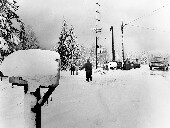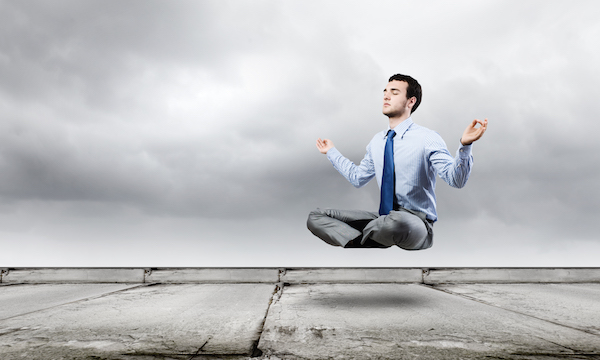
WEDNESDAY, Dec. 26 (HealthDay News) — Feeling sluggish or moody when it’s darker and cold outside is not uncommon, but it could be a sign of seasonal affective disorder, a type of depression that develops during the winter.
If sleepiness, social withdrawal and difficulty concentrating interfere with work or personal relationships, it’s time to seek help, according to experts from the Mayo Clinic in Rochester, Minn. Professional help is particularly important for those who begin to feel hopeless or have thoughts of self-harm, advised Dr. Mark Frye, a Mayo psychiatrist.
“There are many people who experience winter blues. However, there are those who are experiencing more serious symptoms,” added Dr. William Weggel, a Mayo Clinic Health System psychiatrist, in a Mayo news release. “The good news is that in most cases, we are able to find a treatment plan to help the patient through the winter months.”
In most cases, people with seasonal affective disorder — often referred to as SAD — can take steps in their daily lives to ease their symptoms, these experts pointed out. They offered the following tips to help people stay motivated and avoid the winter blues:
- Take a walk outside. Sunlight reaches the brain through the eyes, stimulating the production of serotonin, a neurotransmitter that affects mood. Less light results in lower serotonin levels. Darkness also triggers the production of melatonin, which promotes sleep. So, exposure to natural light can help ease symptoms of SAD.
- Light therapy boxes can be used as a substitute for natural light for those who can’t get outside.
- Exercise 30 minutes a day, three times a week.
- Socialize regularly with friends and family members.
One in five Americans has seasonal affective disorder, and 75 percent of those affected by the condition are women. People in northern climates are also more likely to experience SAD.
More information
The U.S. National Institutes of Health provides more information on seasonal affective disorder.

